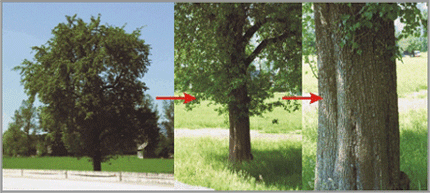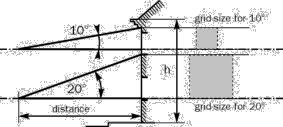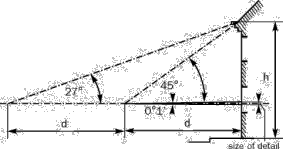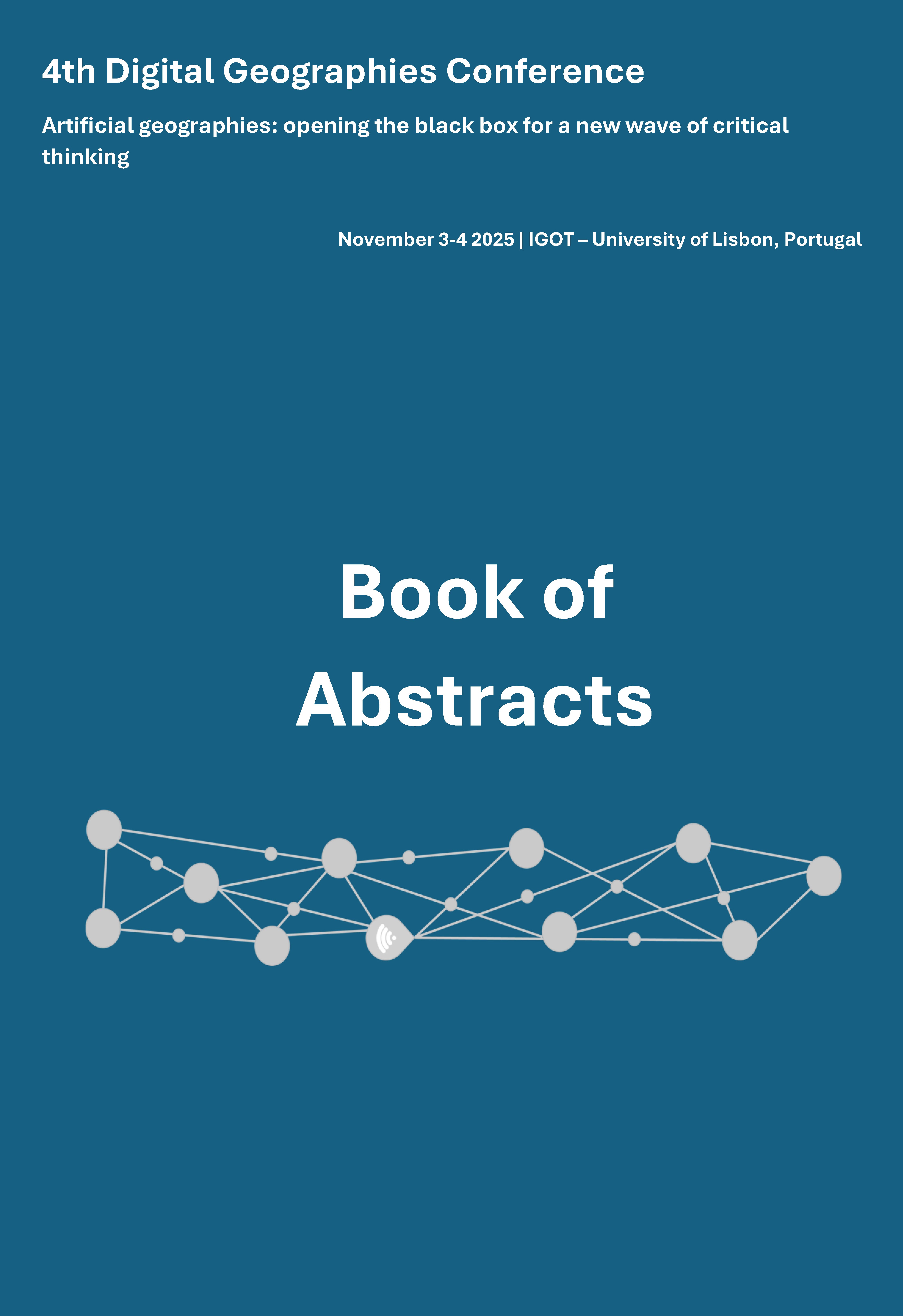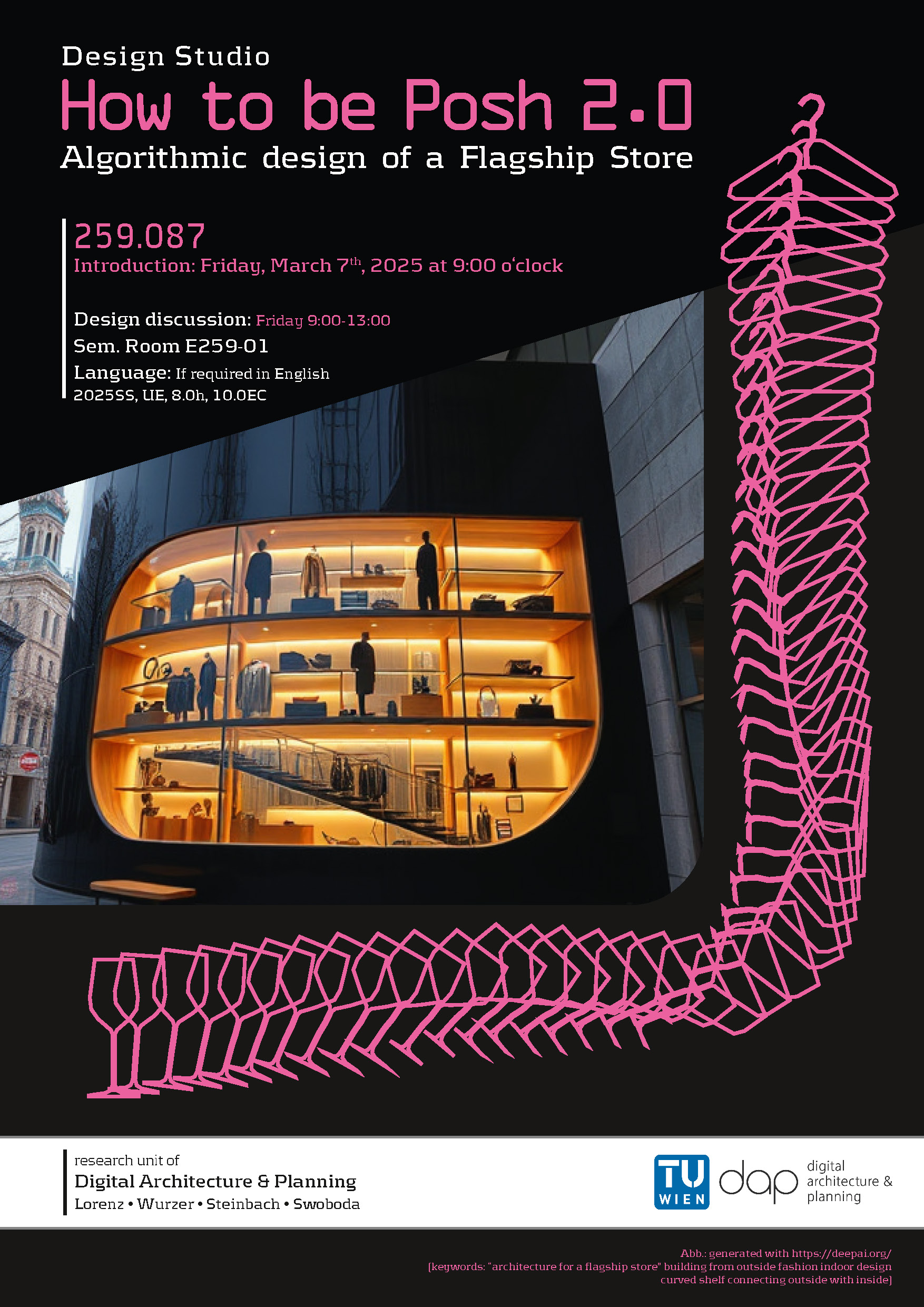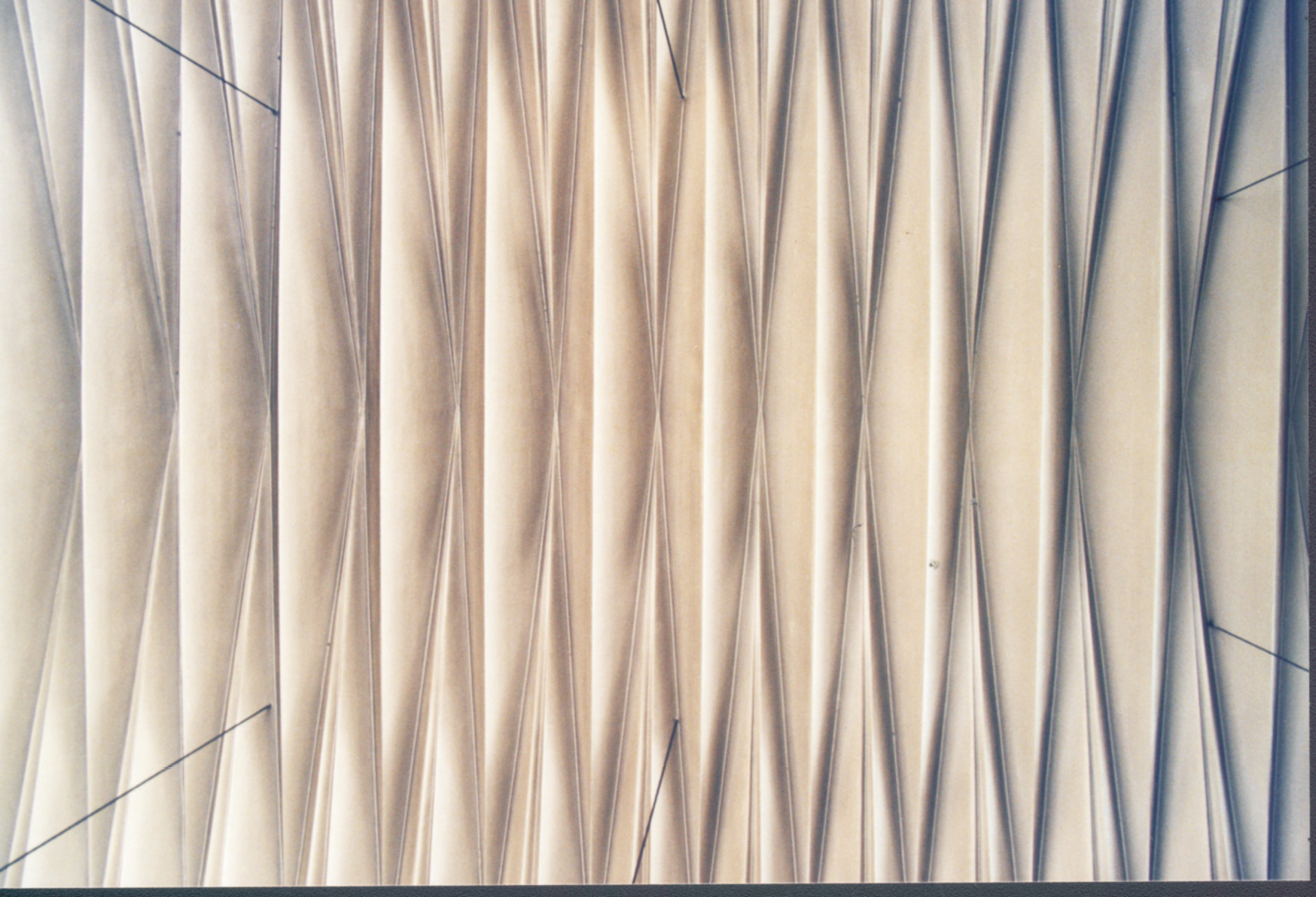5.1.1 Changing of Dimensions
Benoit Mandelbrot used a wool-skein to show the changing of mathematical constancy - the changing of the "effective" dimensions. For a viewer who is far enough away from the wool-skein, which may have a diameter of 10 centimeters and consists of a 1-millimeter yarn, it looks like a point, a zero-dimensional object. In a 10 centimeter resolution the skein is a three-dimensional object, in a 10 millimeter resolution it turns out to be a confusion of one-dimensional twines, at a 0.1 millimeter resolution each twine is experienced as a three-dimensional column and at a 0.01 millimeter resolution each column turns again into one-dimensional fibers. If we zoom in deeper on the resolution of an atom, the wool-skein is presented as an object of finite numbers of atom-like points and therefore it is again zero-dimensional - remember the Cantor Set. So the wool-skein shows a sequence of different effective dimensions. Some badly defined change-over between zones of well defined dimensions are interpreted as fractal zones where the fractal dimension is higher than the topological one[01].
Benoit Mandelbrot also wrote about the surface of timber being spongy but nevertheless the beam is said to be even. This is because of the scale, in a certain ratio of size the regular and continual aspect can describe an object in a correct way. He compared this scale with a tinfoil that is put over a sponge, which follows the surface but does not show the many little complex details, see picture 26[02].

